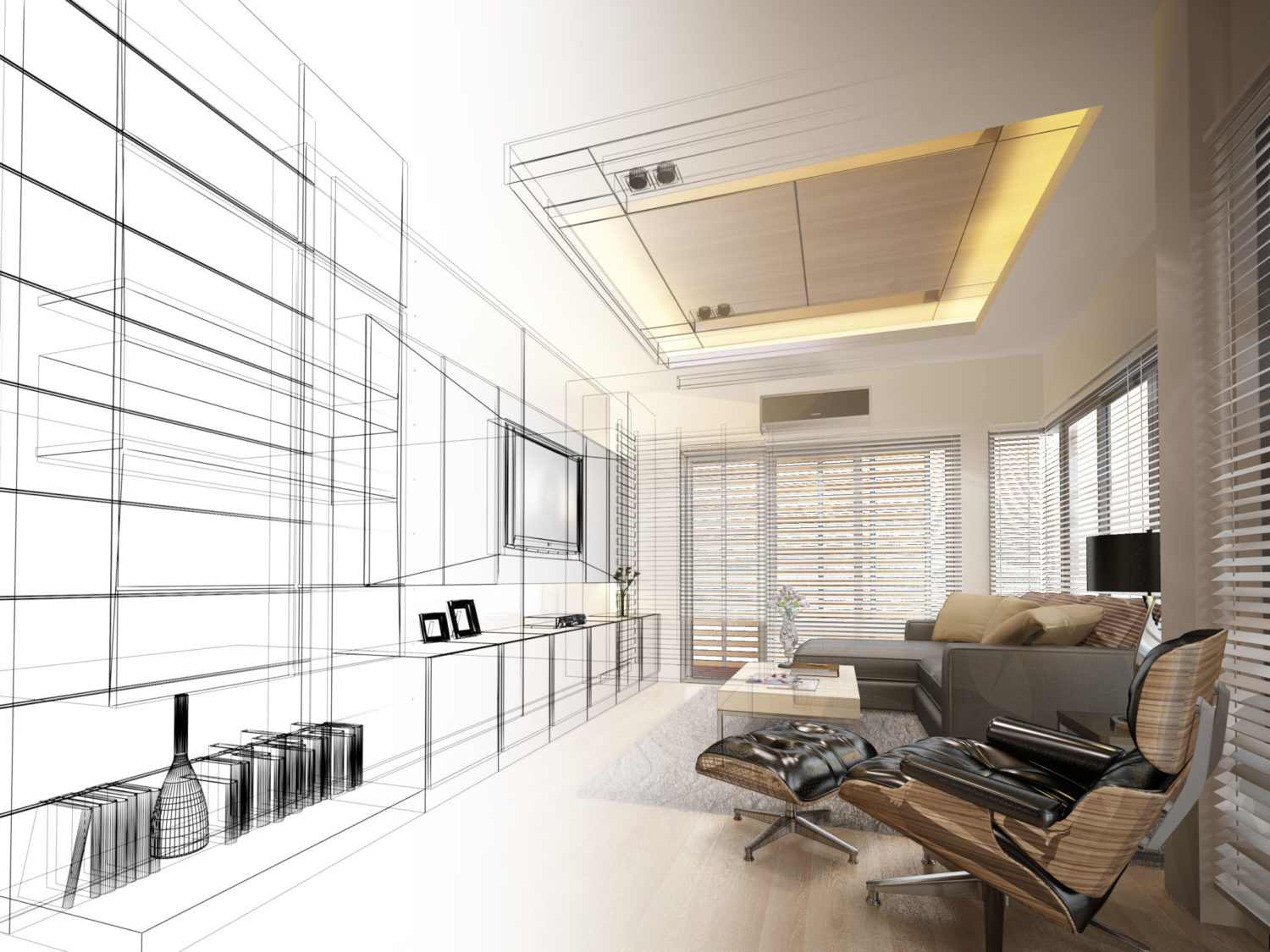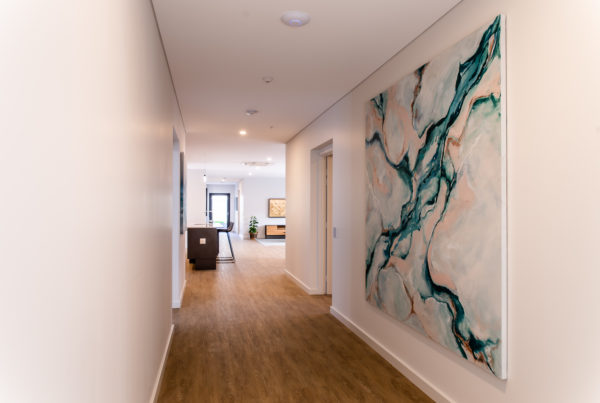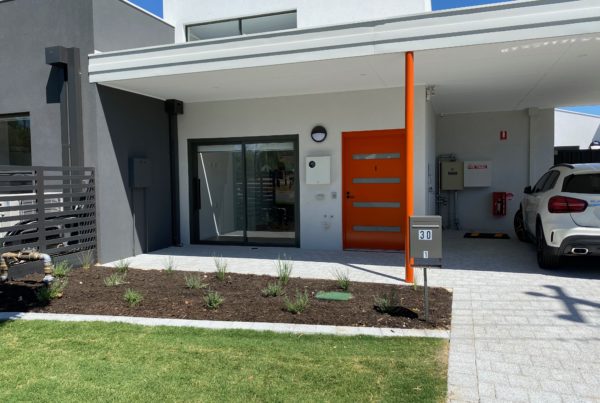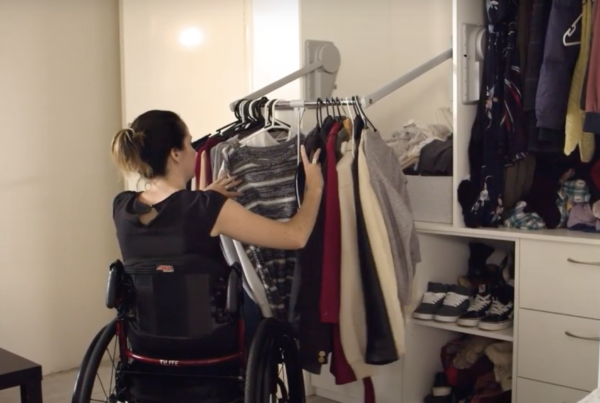The “I’m not old or disabled why do I need a disability access home” phenomenon is one I come across daily in my line of work. Many fit, healthy, middle aged or older people who are building a new home, or maybe renovating their existing home don’t stop to think “How would I live in this home if I was in a wheelchair”? And I can see why. As a population we don’t like to consider the concept of getting old, becoming ill or not being able to live our lives how we want to… BUT what most of us fail to realise is you can have a home that you could live in regardless of your health or mobility status, without it looking like a home built for the elderly, or someone with a disability.
Ladies and gentleman, let me introduce to a concept called “Livable Housing”. Liveable housing is a set of guidelines that you can incorporate into your aesthetically pleasing, architecturally brilliant, open plan living dream house that you’re planning on building to live in for latter part of your dependent free life. Building a home to be accessible means exactly that, you can access it.. regardless of if you’re pushing a pram, carrying shopping, using crutches or in a wheelchair. A home you can always access? Genius.
From time to time we need to step back and realise that all of us at some stage in our life will have a need for a sensibly designed, accessible home. Nothing to do with ageing, illness or disability, just a house you can get into.
Answer me these few questions…
- Why do we need those small brick ‘threshold’ steps at all of our doors?
- Why do we need a hob in our showers?
- Why would we choose narrow door frames over wide ones?
- Why would we not have a bathroom and bedroom on the ground floor of our 2-storey home?
Still not convinced you should build a liveable home?
Meet Jim… he’s a 50-year-old active cyclist who rides hundreds of kilometres per week, why would Jim ever need a step free entrance to his home and a bedroom and bathroom downstairs? Well yesterday Jim came off his bike after his wheel clipped a curb and he broke both a leg and a wrist… meaning he needs a wheelchair for the next 6 weeks. Without these features in his home Jim can’t get inside, can’t get to the shower or a bed.
Whether planning for the future or planning for now, a liveable home is ALWAYS a good idea, and even if you’re still sceptical that you need a home with liveable features you’ll be pleased to know this.
- The cost to the homeowner of including key Livable housing design features is 22 times more efficient than retrofitting when an unplanned need arises
- Receiving a Livable Housing Design certification can help improve the resale value of homes. It can increase the resale market by 30% to include people with accessibility issues and the elderly.
Contact us today to get started with your Livable Home.

